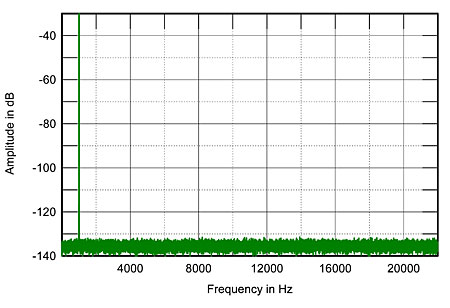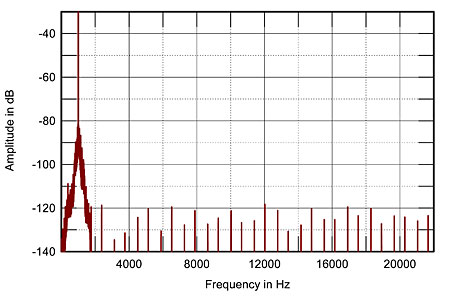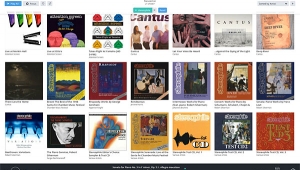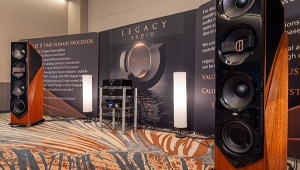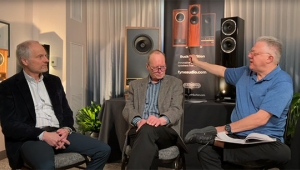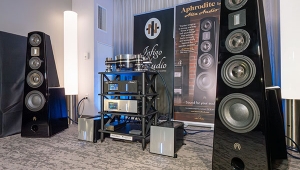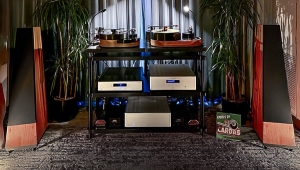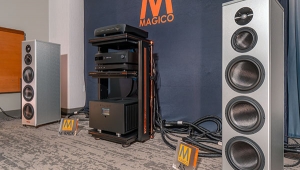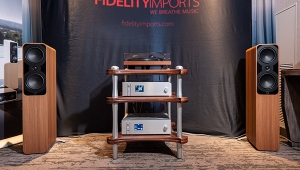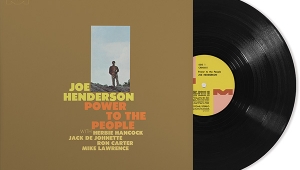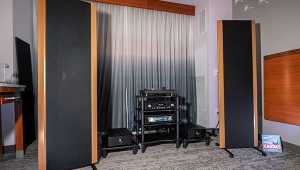| Columns Retired Columns & Blogs |
I would expect to find reputable audiophile discussions to be well-thought out and current with the technology at issue. This article fails to meet those expectations. Its conclusions are stated succinctly:
"If you want the maximum number of files on your iPod, therefore, you take less of a quality hit if you use AAC encoding than if you use MP3. But "CD quality"? Yeah, right! "
The hard drive based Classic IPod is still sold. The Classic IPod is, not unexpectedly, smaller and technologically superior to the original, including a proprietary Apple lossless format. It "holds" 260 GB. Your strawman has 4 GB. Almost no one makes a decent MP3 player with only 4 GB. In any event, all of the solid-state ones manufactured reputable companies go up to 64 GB. All of these players support FLAC, either natively or with an app.
Now let us examine the author's numbers applied to existing technology. We'll use the worst-case scenario for FLAC, 60%, on an 800 MB CD. That equals 480 MB per CD and we'll round that up to 500 MB for easy calculations going forward. Those numbers would yield 128 CDs on a run-of-the-mill 64 GB flash drive based MP3 player and 520 CDs for the Classic iPod. And they can be swapped out every night, all ready for the next morning, with whatever you want. I'm sure there is an app for that.
I read an interesting article in Slate by an audiophile not bemoaning the easy acceptance of inferior MP3s, but rather, the general lack of appreciation of live music and the failure of, even fetish, of audiophiles over things like $1600 phono cartridges at the expense of that music.
– Gene Girard
PS: You can find all the technical detail you want, far exceeding your own, in the Wikipedia articles on the topics of FLAC and Ogg Vorbis. FLAC is not the only, let alone optimal, bit-for-bit lossless compression technology.

